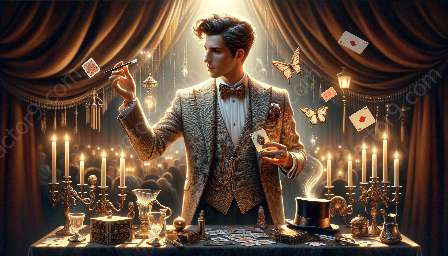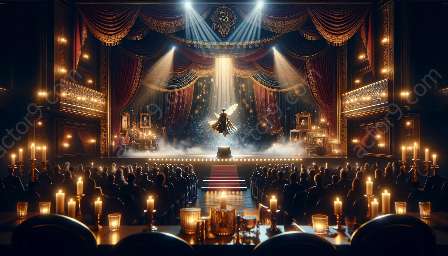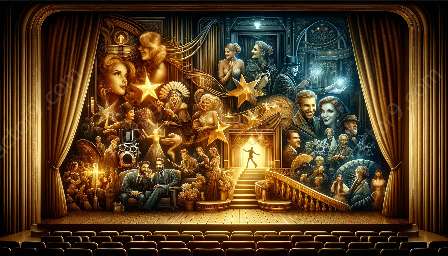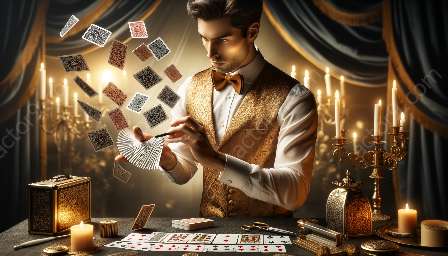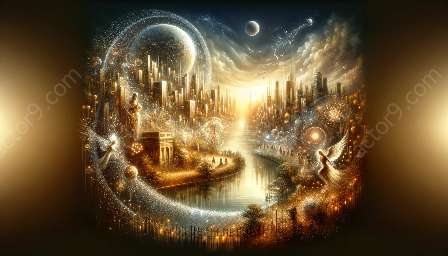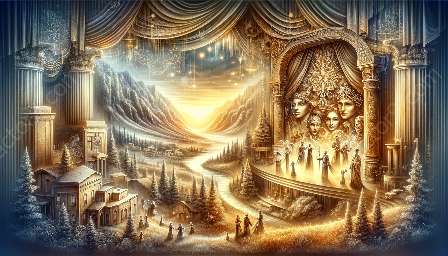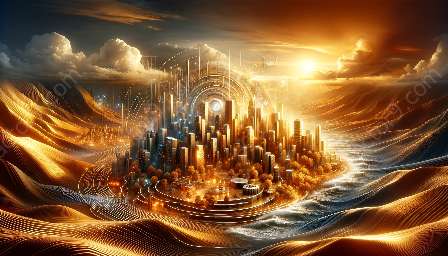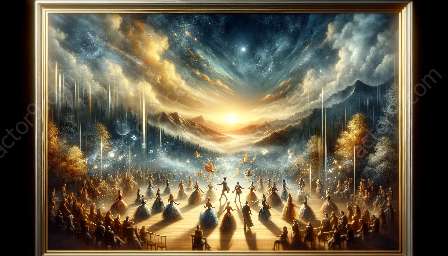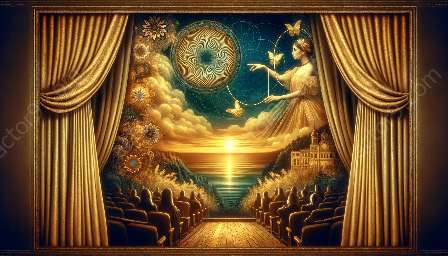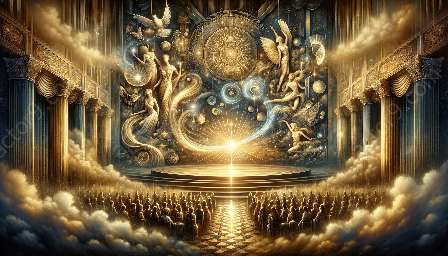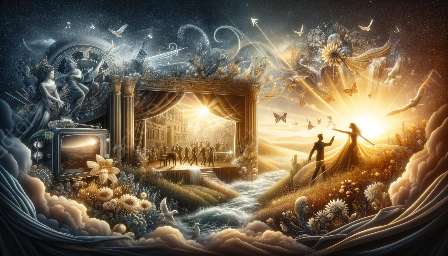Magic and illusion have long been an integral part of human culture, captivating and fascinating audiences throughout history. From ancient shamans and storytellers to modern-day stage and screen performances, the evolution of magic and illusion in popular culture reflects the changing beliefs, technologies, and social dynamics of each era.
Origins of Magic and Illusion
The origins of magic and illusion can be traced back to ancient civilizations such as Egypt, Greece, and China. In these societies, individuals with exceptional abilities to entertain, and deceive were revered as magicians and sorcerers. These early practitioners of magic used sleight of hand, optical illusions, and theatrical performances to amaze and entertain their audiences.
Magic in Medieval Europe
During the medieval period, magic and illusion became intertwined with superstition and religion. Magicians and illusionists often found themselves accused of witchcraft and heresy, leading to persecution and prosecution. Despite the risks, magic and illusion continued to thrive in various forms, including street performances, court entertainments, and folk traditions.
The Age of Enlightenment and Scientific Revolution
The Age of Enlightenment and Scientific Revolution brought about a shift in the perception of magic and illusion. As scientific knowledge expanded, audiences became more critical and sought rational explanations for seemingly supernatural phenomena. Magicians and illusionists adapted by incorporating scientific principles into their performances, blurring the lines between magic and science.
The Golden Age of Magic
The late 19th and early 20th centuries marked the golden age of magic, characterized by the rise of professional magicians and the popularization of stage magic. Showmen such as Harry Houdini and Howard Thurston dazzled audiences with elaborate escape acts, grand illusions, and mystifying feats. Magic became a prominent form of entertainment, with vaudeville, theaters, and circuses featuring magic shows as headline attractions.
Magic and Illusion in Cinema and Television
The advent of cinema and television brought magic and illusion to new heights of popularity. Magicians such as Harry Blackstone and David Copperfield gained widespread fame through televised specials, showcasing their illusions to millions of viewers. Movies such as "The Prestige" and "Now You See Me" captivated audiences with their portrayals of masterful magicians and elaborate heists.
Modern-Day Magic and Illusion
In the digital age, magic and illusion continue to evolve and adapt to new technologies and platforms. Magicians harness the power of social media, virtual reality, and augmented reality to create immersive and interactive experiences for audiences around the world. Magic has also found a resurgence in live theater productions, where audiences can experience the wonder of illusion up close and personal.
Conclusion
The historical evolution of magic and illusion in popular culture reflects the enduring appeal of wonder, mystery, and the human desire to be amazed. From ancient rituals to contemporary entertainment, magic and illusion continue to captivate and inspire audiences, proving that the art of deception and wonder will always remain an integral part of human culture.


